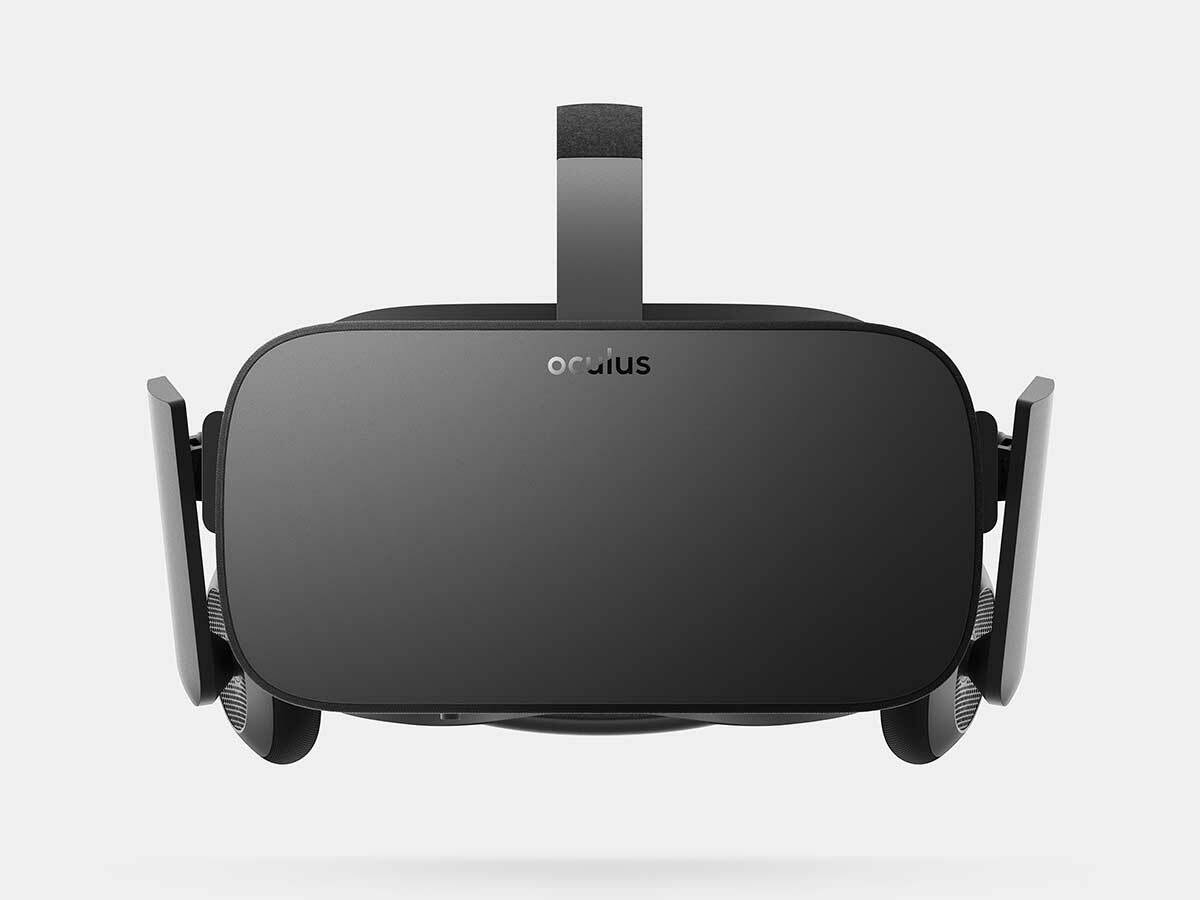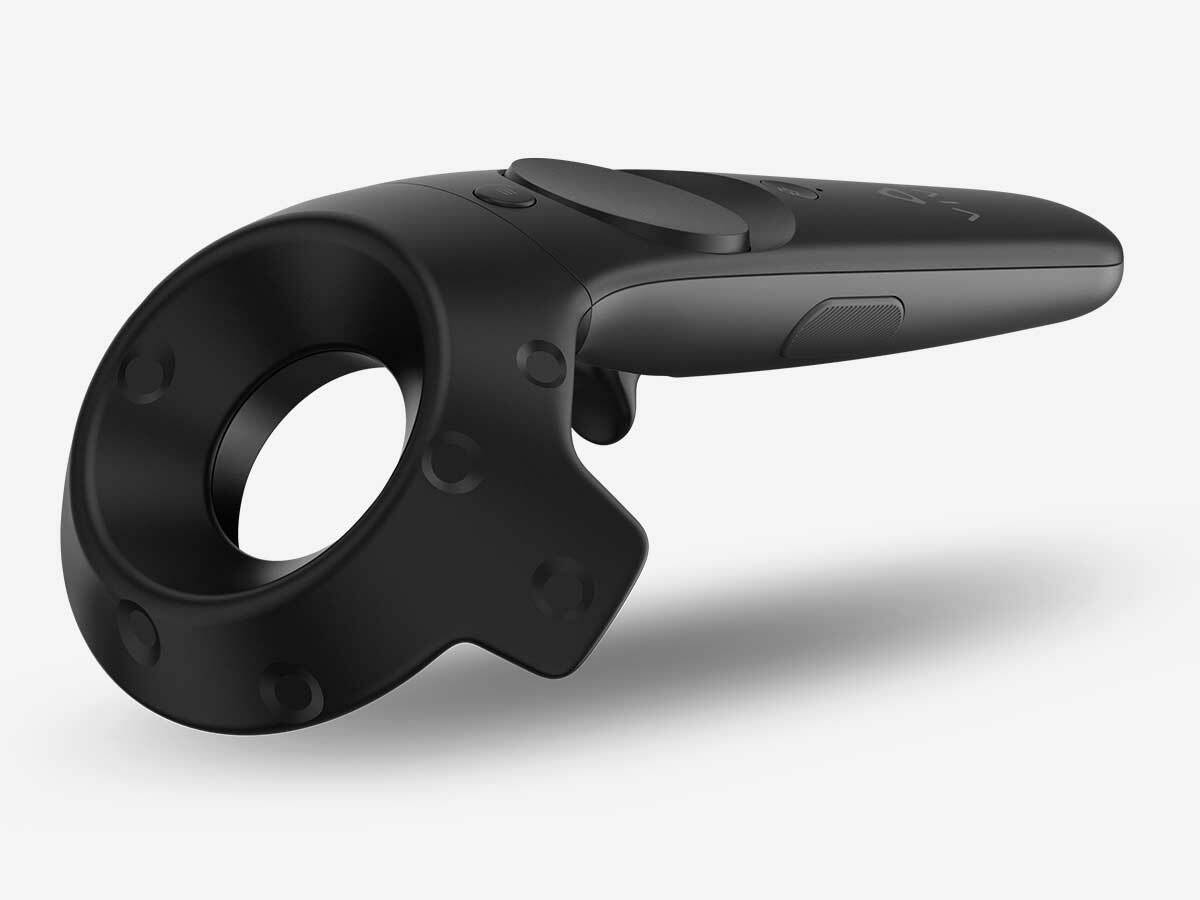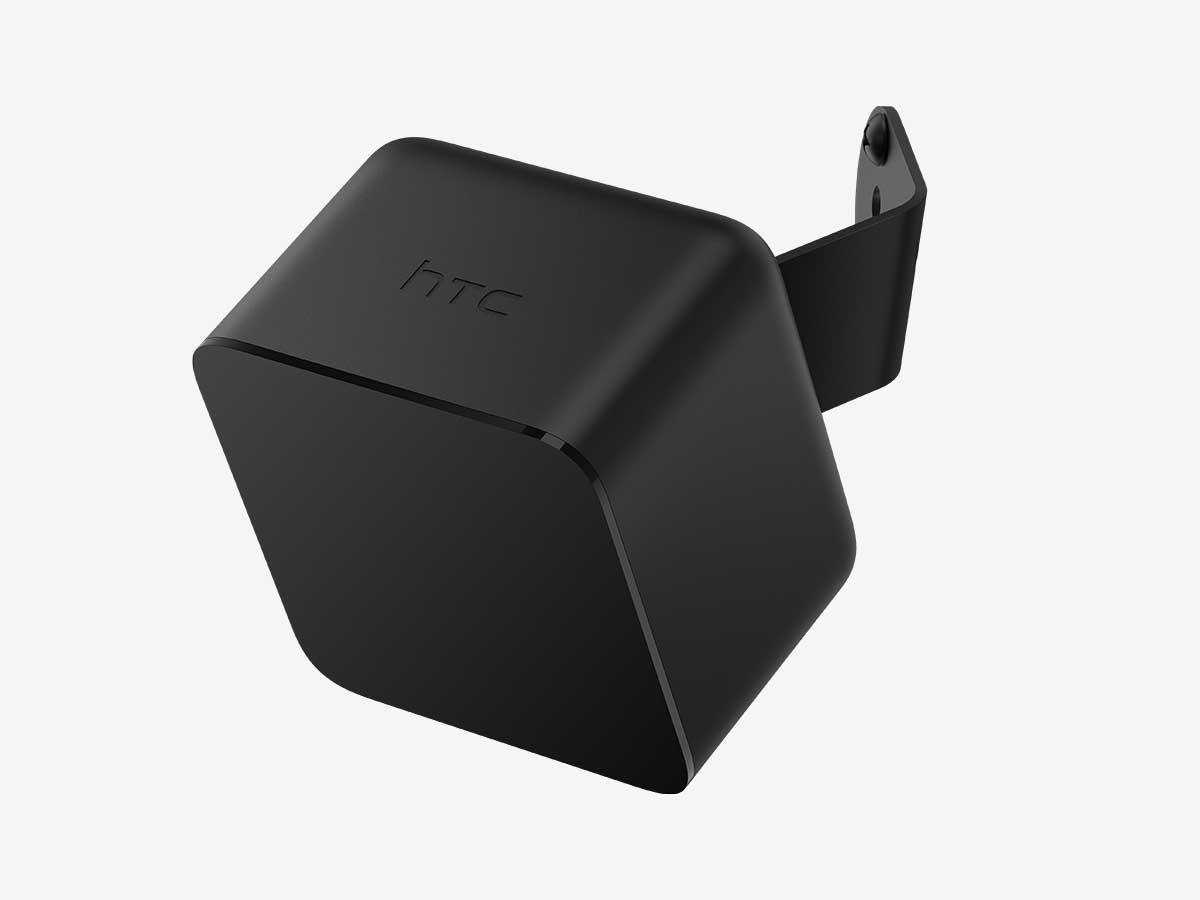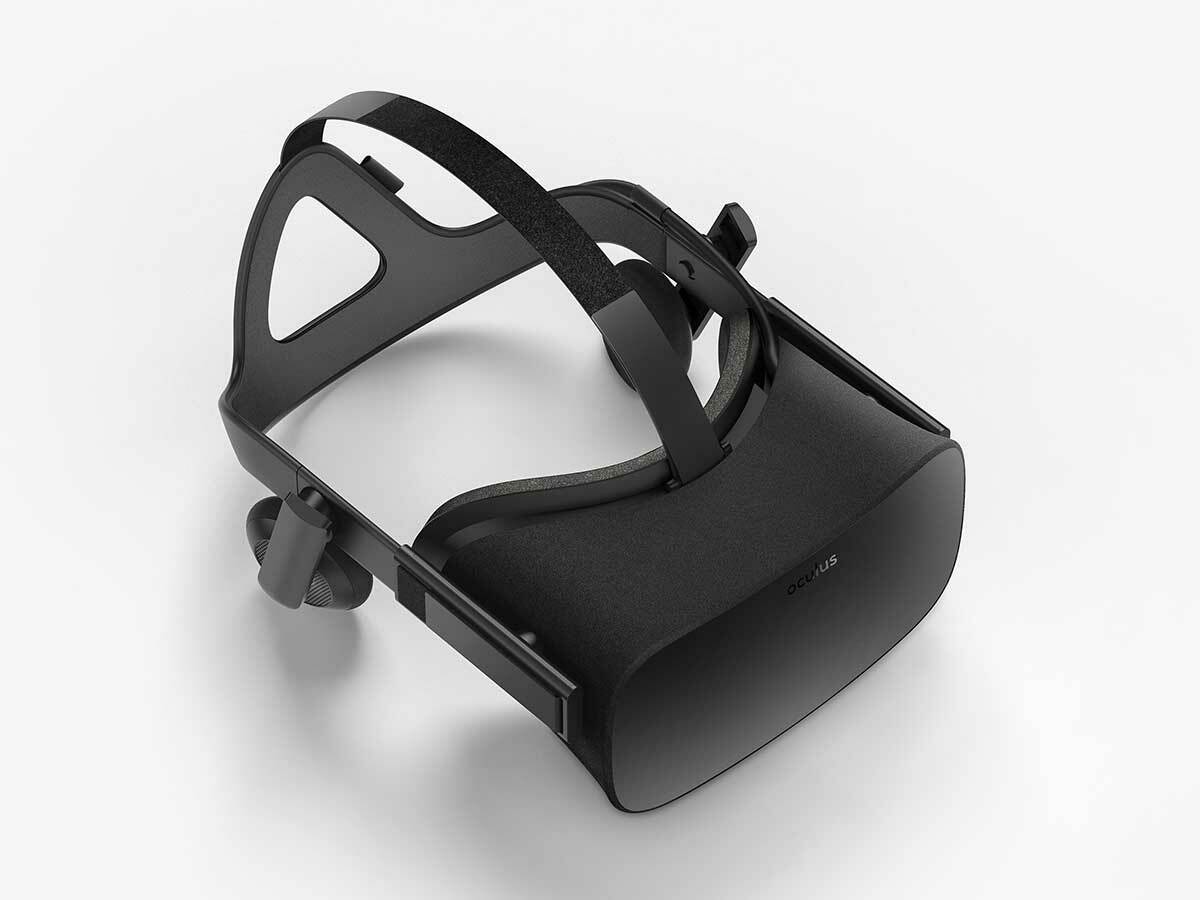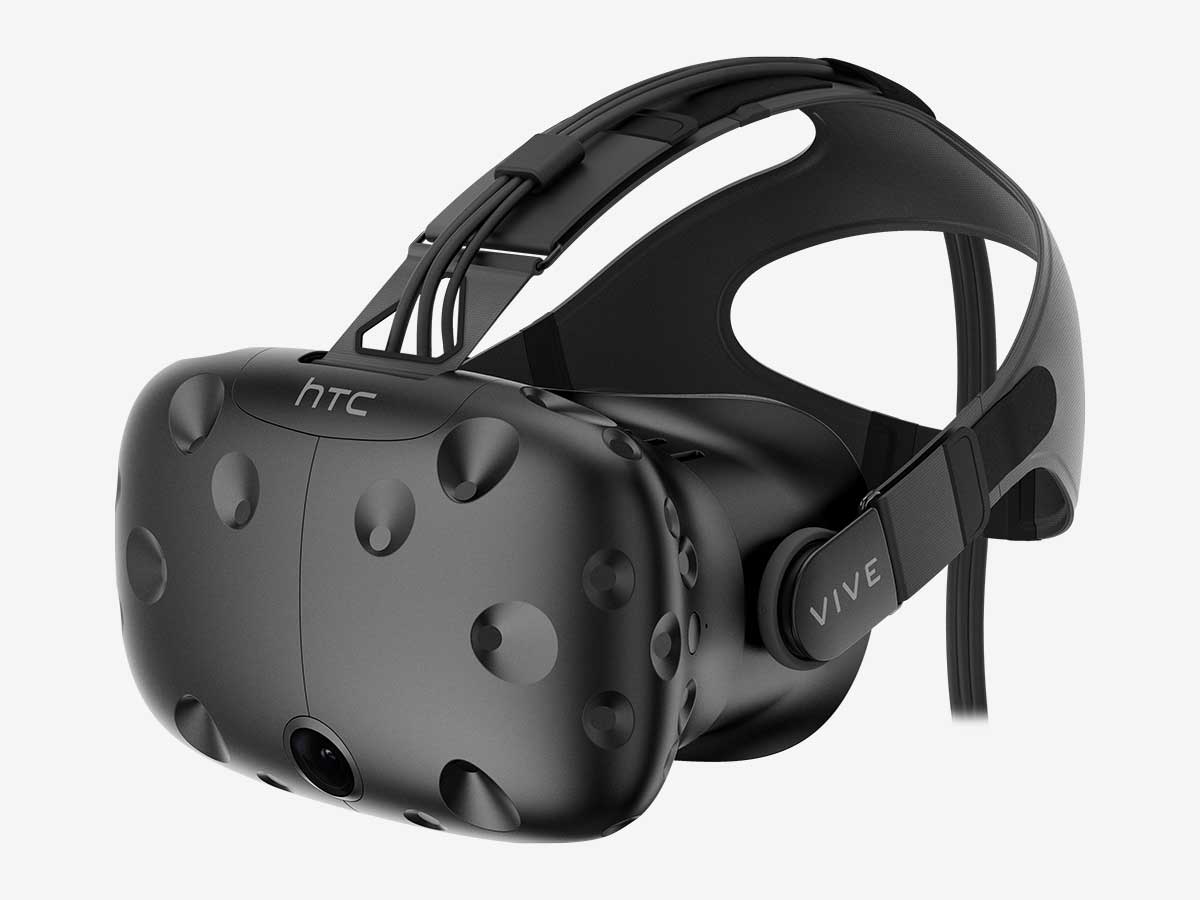Oculus Rift vs HTC Vive
UPDATED: Do the Oculus Touch controllers put the Rift on top?
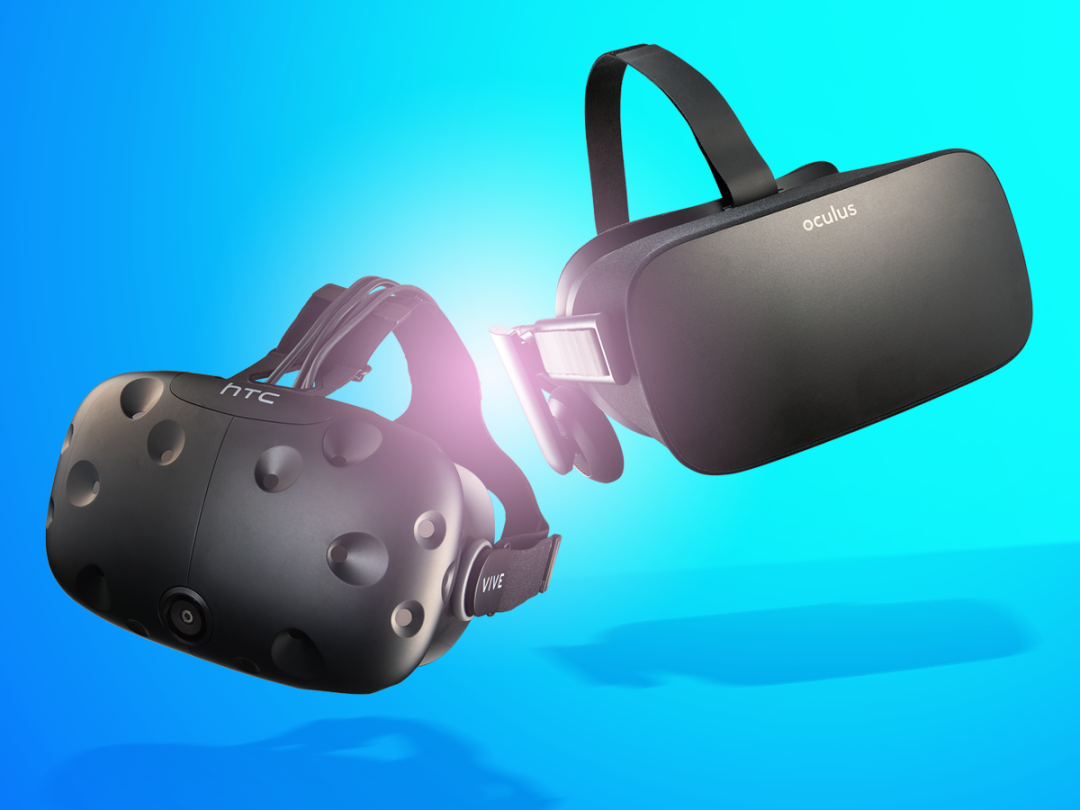
Both the Oculus Rift and HTC Vive have been out for months now, and the VR market continues to evolve and expand with the recent release of the PlayStation VR and Google’s Daydream View.
Of course, if you’re looking for the highest of the high-end, these are your absolute best options right now. Both the Rift and Vive pack plenty of wow factor into their immersive experiences, and while there are commonalities between the two pricey headsets, there are also a number of ways in which they stand apart.
When we originally did this comparison in April, right after the release of both headsets, the difference was much starker: the Vive was pricier and seemed less consumer-ready, but the ability to deliver room-scale immersion gave it the upper hand. However, with this week’s release of the Oculus Touch controllers, the Rift is right there with similar, albeit optional capabilities.
Planing on making the plunge into PC-based VR? Here’s how the Rift and Vive match up after several months on the market.
The experience
While both headsets have some similar hardware and capabilities, they have very different aims right out of the box. The HTC Vive is all about room-scale VR: that means that games may offer an experience that requires as much as 15x15ft for you to move around in, deftly maneuvering the virtual worlds while you carefully navigate your own. With a headset on, of course. Even with a smaller space, the sense of scale is astounding.
By comparison, the core Oculus Rift is focused on the seated VR experience: your backside is in a chair, you’ve got a very traditional Xbox One gamepad in hand, and you’re free to look around the game world. But looking around a virtual world and moving around it are two very different things, and it comes through in the play experience.
The Oculus Touch controllers change that experience – but they’re wholly optional. You’ll pay £189 to get the lightweight controllers and another sensor, allowing for 360-degree tracking, but then you’ll need to buy a third sensor to enable room-scale tracking.
Allowing roaming doesn’t automatically make room-scale games better than seated ones, but it does offer a more transformational gaming leap and really shows the unique potential of VR. In our review of the Touch controllers, we concluded that the Vive still feels like the more advanced experience of the two, although the Touch might show off more capabilities in time. They’re very close, however.
Winner: HTC Vive
RELATED › The 10 best Oculus Rift games so far
Controls
As mentioned above, there’s a very large difference in the way you interact with games on either headset out of the box, and it’s not just about sitting versus standing/moving. The Rift ships with a plain ‘ol Xbox One gamepad, which is a very fine game controller, but you’re essentially still playing games the old way while getting a much-enhanced visual experience. You also get a small touch remote, but it’s just meant for menu navigation and video controls.
By contrast, the HTC Vive comes with a pair of motion controllers that are simply brilliant – we likened their use as being like "going from an Atari joystick to a PS4 controller" when compared to what the Rift has on offer. The sense of immersion is just incredible, and the motion tracking means they appear right in the games with you, only enhancing the illusion and saving you some time spent fumbling around for them.
With the optional Touch controllers and a third sensor, the Rift experience feels almost as powerful and immersive as the Vive. In fact, the Touch controllers are even more ergonomic and lighter than the Vive’s wands, and are obviously a huge improvement over using a plain ‘ol Xbox gamepad. Without them, the Rift’s version of VR feels like a compromise… but since they’re not included in the box, Touch isn’t the "default" Rift experience. The tracking feels a smidge less consistent than with Vive as well, and that ultimately hands this round to HTC.
Winner: HTC Vive
Related › Oculus Touch review
The games
With the release of the Oculus Touch controllers, we’re starting to see the barriers break down between the platforms. Games previously built for the motion controllers of the Vive, like the fantastic Job Simulator and Valve’s brilliant The Lab, are now playable on the Rift via Steam with a bit of tweaking.
That’s not necessarily true the other way around, however. Anything built exclusively for the Rift and sold only through the Oculus Store won’t be playable on the Vive… at least not easily. Some games can be played with a third-party hack called Revive, however. And anything on Steam is fair game for either headset.
The Rift does have a few of those sharp exclusives, including Edge of Nowhere, Damaged Core, and The Climb. Still, for the most part, both platforms trade in shorter experiences and compact demos of sorts, with neither having enough can’t-miss, must-have VR games that can sell the hardware on their own. At least there’s a steady stream of things worth trying out, but as of this point, neither platform has strongly swayed the balance in its favour.
Winner: Draw
RELATED › The 10 best HTC Vive games
Setup and requirements
No doubt about it: the Oculus Rift is a breeze to set up when compared to the HTC Vive. With the Rift, you can plug in a few USB3.0 and HDMI cables into your PC and that’s the bulk of the setup done. Easy as pie.
The HTC Vive, on the other hand, has two wireless sensors (that it’s recommended you mount on a wall), a breakout box, and lots of cables to contend with. You get a larger-scale VR experience with the Vive, of course, but getting to that point requires some hassle – it’s not nearly as straightforward or intuitive, and once installed in one room it’s a pain in the rear to move to another.
Granted, doing the full, "experimental" (read: room-scale) setup for the Rift’s Touch controllers also requires a fair bit of work, but the overall experience is still a lot more straightforward than with the Vive.
As far as PC requirements go, both the Rift and Vive have trimmed back their minimum specs slightly since the launch. Now you can use an NVIDIA GeForce GTX 960 GPU or AMD Radeon RX 480 equivalent or greater for the Vive, while the Rift goes a step further down allowing the RX 470 on the AMD side of things.
The Rift asks for an Intel i3-6100 or AMD FX 4350 or greater, while the Vive wants an Intel i5-4590/AMD FX 8350 or better, but the Rift needs 8GB+ RAM while the Vive will settle with just 4GB. In either case, more power is always better and will result in smoother play experiences, but if you’re on the borderline with your current rig, then it’s worth looking closely at the specs for both. They’re pretty similar, however.
That means the real differentiator is the setup, and in that department the Rift is a bit less work and feels better primed for the average consumer to sort out.
Winner: Oculus Rift
RELATED › Microsoft HoloLens preview
Cost
This one seems pretty straightforward: the Oculus Rift sells for £549 now (up from £499; thanks Brexit), while the HTC Vive sells for £759 (up from £689). Both come with everything you need for the base experience other than the PC, including the controller(s) and even a game or two. So when it comes to headset cost, the Rift is obviously cheaper… right?
Well, that depends on whether you want the Touch controllers or not. That’s another £189. And if you want to go full room-scale, you’ll need a third sensor (the second comes with the Touch package) at £79 more. So really, to have the full Rift + Touch room-scale experience that’s about on par with the Vive, you’re looking at £817. That’s almost £60 more than the Vive.
The Rift has the benefit of offering a much cheaper core, but limited experience, yet costs more than the Vive if you want all the bells and whisles. Since the Vive is our pick for the better overall VR experience here, we’re calling that the baseline – and the Rift is more expensive if you’re trying to match that. So we’re switching this category to a Vive win.
Winner: HTC Vive
Related › How to build a VR-ready gaming PC
And the winner is…
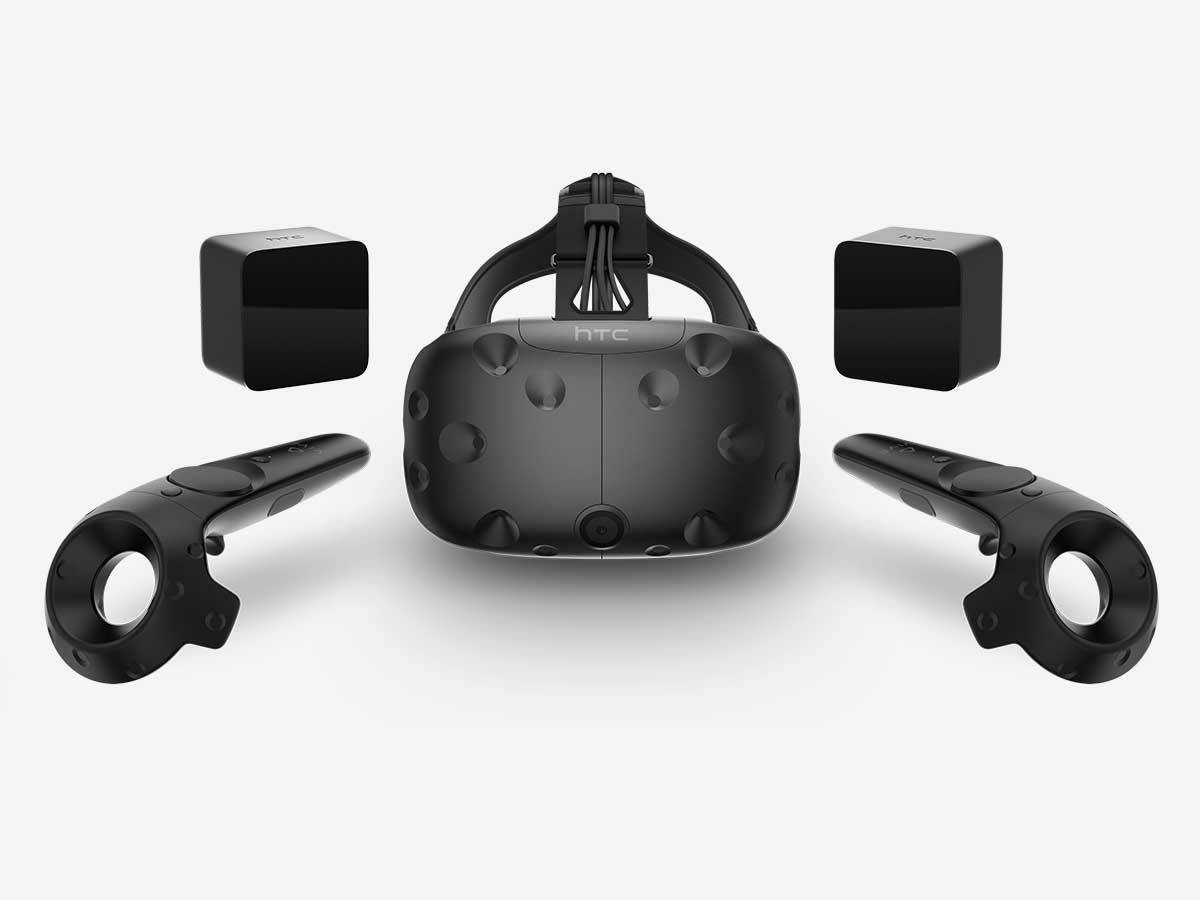
If you’re looking for the most impressive and awe-inspiring virtual reality experience on the market today, it comes from the HTC Vive. The ability to move around your physical room in VR adds a whole extra level to the immersion, and the best Vive games push barriers in ways that Rift games simply can’t right out of the box.
The release of the Oculus Touch controllers softens that recommendation in some ways, but firms it up in others. True, the Touch controllers largely bridge the gap between the two VR experiences, even if we still think the Vive experiences feel more advanced and immersive.
However, Vive sets room-scale VR as its baseline, and every Vive owner has the ability to enjoy that. Meanwhile, Oculus made the Touch controllers optional, which means many owners may never get beyond the Xbox controller and experience all that modern-day, top-level VR has to offer right now.
The Rift is easier to set up, seems better primed for the average user, and even feels a bit more comfortable on your skull, but the Vive experience is worth the extra cash and hassle over the base Rift setup. And with the Touch controllers and a third sensor, you’ll ultimately pay more to make the Rift act more like a Vive.
Our recommendation? It’s really close, but if you want the absolute best VR experience available today, Vive just edges it.
Overall winner: HTC Vive
Buy the HTC Vive here from Currys
RELATED › The 30 most anticipated games of 2016
